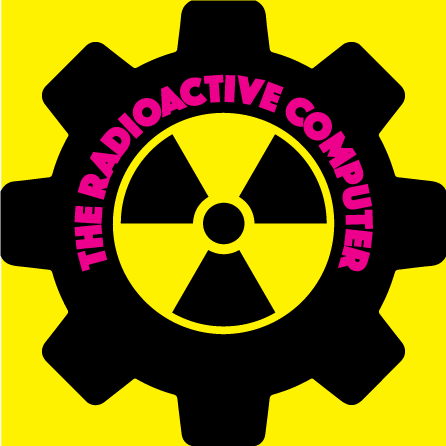In our world of constantly evolving technology, its important to stay up to date on the developments of one of the oldest fields of software design, artificial intelligence. And with current developments one of the most interesting subjects is the prospect of machine learning. We will be looking at the history of machine learning and the different types of machine learning. To start, lets clear away some vocabulary so we can make this entire piece semi-understandable

A basic neural network, comprised of three external variables, 8 processing units that attempt to understand the input, and a single action
AI (artificial intelligence): programming in a machine that allows it to react to stimuli. This reaction can be as simple as lifting an arm to jumping backwards and singing the Russian national anthem. The stimuli can be external, such as a light receptor. Or it can be internal, such as a timer. The combination of responses to stimuli can create a seeming intelligence in a robot mimicking human, or intelligent, behavior.
Neural networks: A neural network is a computer model, mimicking the human brain, that visualizes AI by showing a series of lines drawn between stimuli, the processing of said stimuli, and the reaction of the machine to show how they are connected. Neural networks have a goal implanted in them which they try to satisfy through their reactions to stimuli.
Machine learning: The process of altering AI to make the machine better suited to a task. The primary type of machine learning is direct learning, where after testing a programmer will alter the the AI's code directly through some interface. We wont be discussing that today and will instead look at indirect learning where a machine will alter its own code in order to become better at something.
A brief history:
Machine learning was first theorized in the 1940s and the first neural networks were created around the same time. However they were very limited and worked fairly slowly. The first instance of a learning machine came in the 1950s with a computer that could play checkers. Every turn the computer would read the board status and learn what it could do to win by improving certain features. Programs like these weren't super effective and had to have direct influence to work properly, and many developments weren't made until the 1990s when a new system was used for neural networks that allowed more complicated thought faster, however there wasn't much practical use for it. Lately multiple companies such as Facebook and Google have seen the advantages of using computers that can learn based on the information given to them, and have invested heavily in machine learning to sort large quantities of data.
Indirect machine learning comes in 3 different forms:Supervised learning, Unsupervised Learning, and Reinforced learning.
Supervised learning:
Supervised learning is when a neural network is provided with a goal, and a organised group of preexisting data points. Using the information provided, the AI creates an algorithm to organize or alter the information so that their goal is achieved. Supervised learning is often used by large companies to sort data and find patterns in their users information.
Unsupervised learning:
Unsupervised learning is when a program is given a goal, but no exact data to start. Instead the robot takes any unfiltered data and alters it randomly by creating a random algorithm. Then it quantifies the final product and determines how close to the final goal it got. Iterations if this event occur over and over again with the computer selecting patterns that resulted in the nearest completion of the goal. Another way this is used is evolutionary machine learning, where a goal is quantified and 100 instances of an AI are made. The 100 AI all do something random in a test, and then the system determines how close they were to the goal. The system prepares another test and if a AI was not close to the goal their code is deleted, while AI that were closer to the goal have their programs replicated. After the replication, the AIs randomly alter their program slightly so the new test has some variation. Eventually through trial and error the system optimizes the AI into the perfect algorithm to reach the goal.
Bipedal creatures learning how to walk, skip to 0:54 for the generation comparison. These AI have very complicated neural networks connected to ever individual muscle in their body and are able to see the space around them in a very simple sense.
Reinforced learning:
Reinforced learning is the act of providing the AI with positive and negative reinforcement for its results. Otherwise known a Q-learning, this technique is relatively new and is very efficient. Essentially whenever the computer does something good they are rewarded with a big number which acts as a candy of sorts. Whenever the AI does something bad it is given a low number, failing being a 0, which acts as a time out. Over time the computer memorizes what events and actions lead to good and bad rewards and builds its algorithm around it. Q-learning is meant to mimic the learning patterns of children and differs from unsupervised learning in that the reward system doesn't care as much about the final product, and takes more interest in the steps that lead up to it. This way the computer can optimize single actions and doesn't work quite as randomly as the trial and error system for unsupervised learning.
To summarize. Machine learning is the process by which AI become better at completing some kind of task. There are many different forms of machine learning that involve more or less guidance on the part of the human being, and it is still heavily in development now. But the technology shows great promise, and could contribute to data sorting, animation, and robotic movement.


















